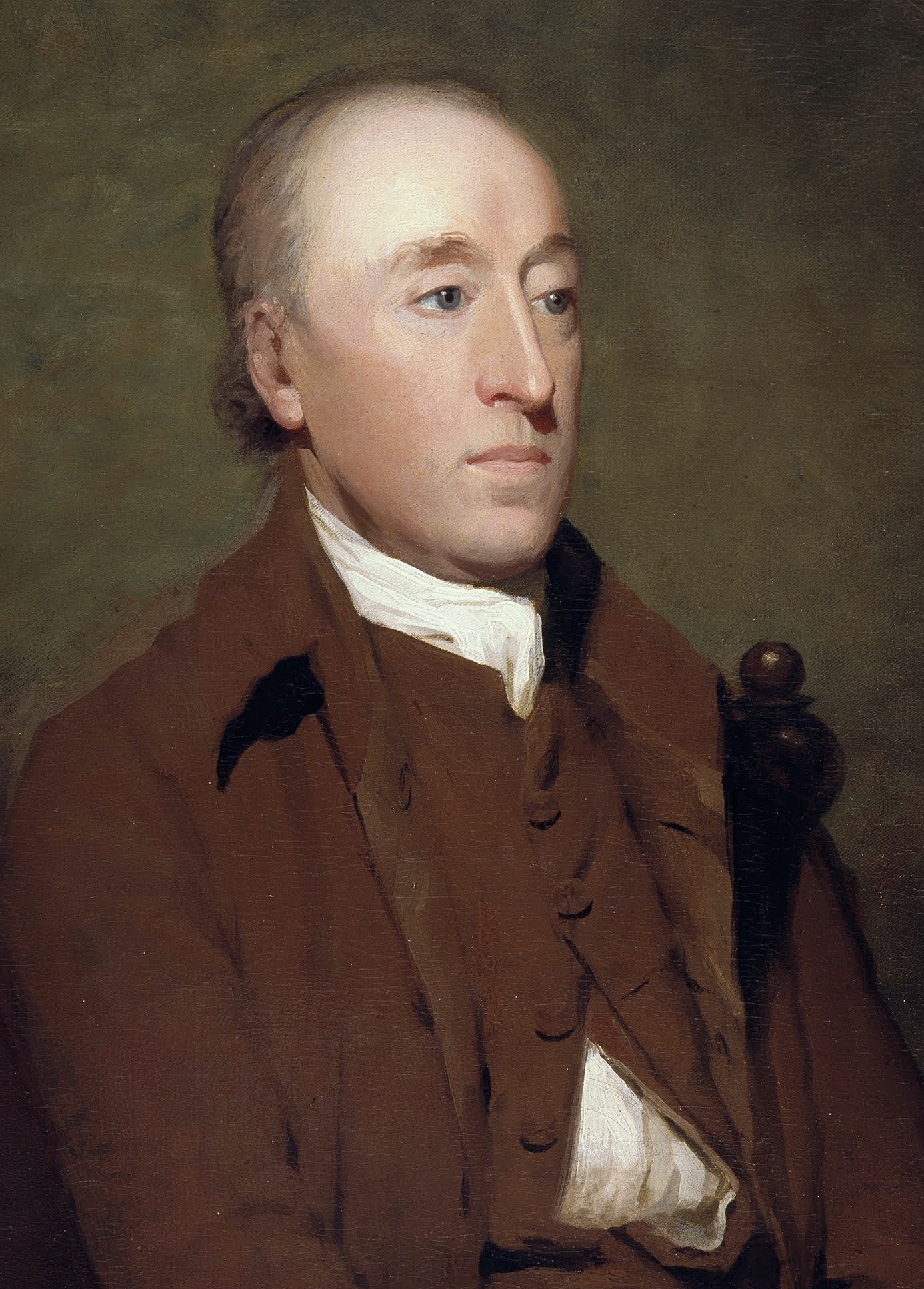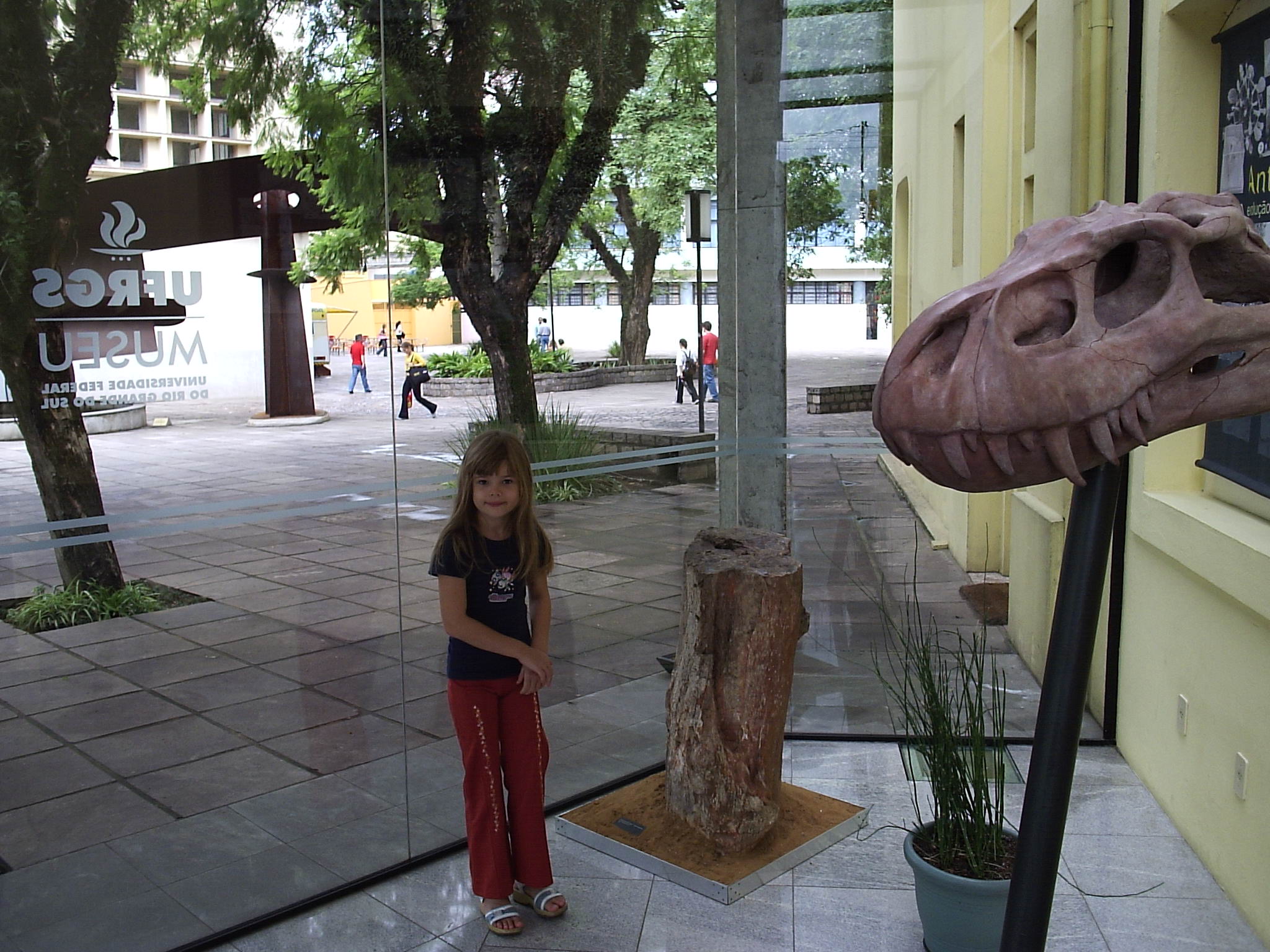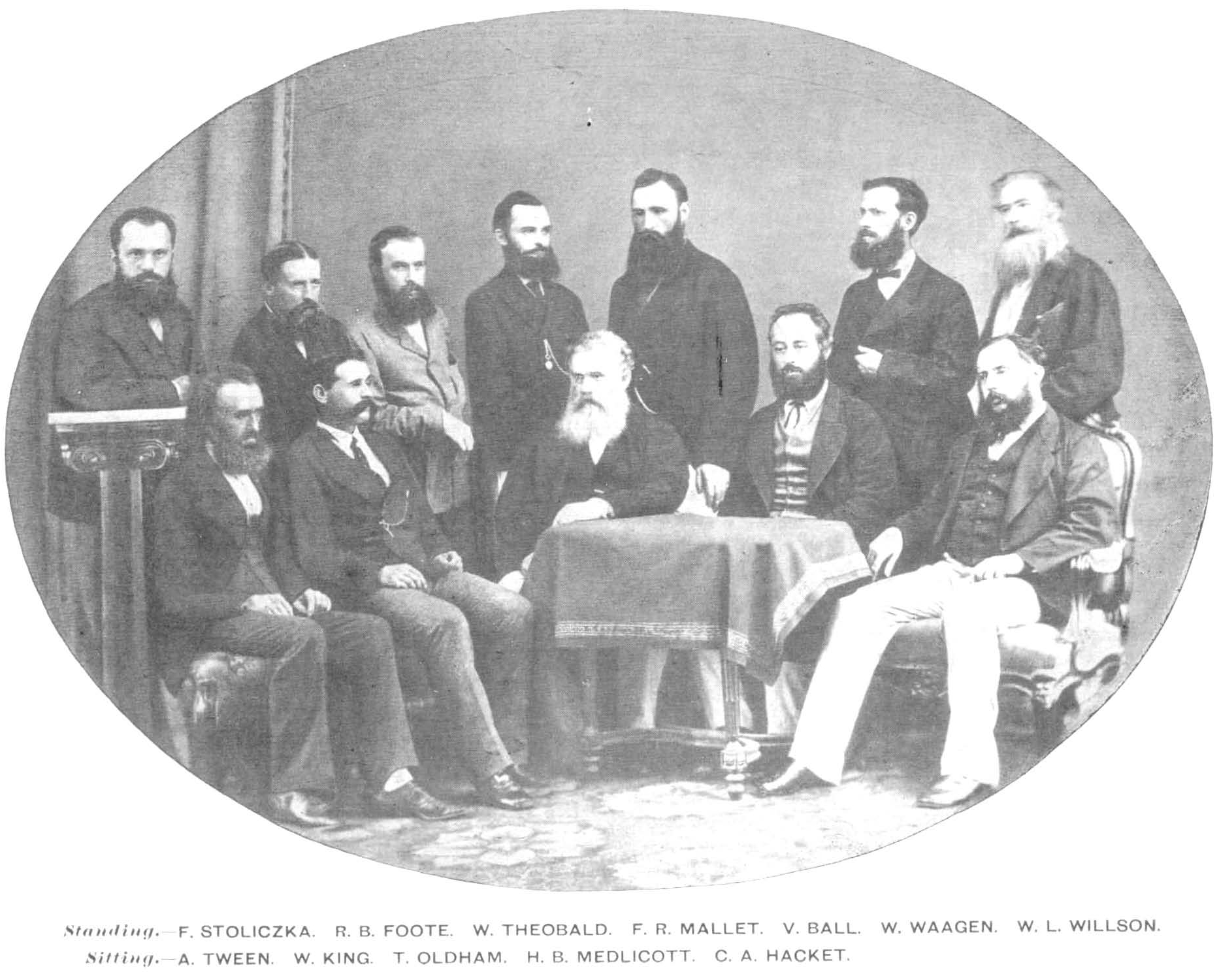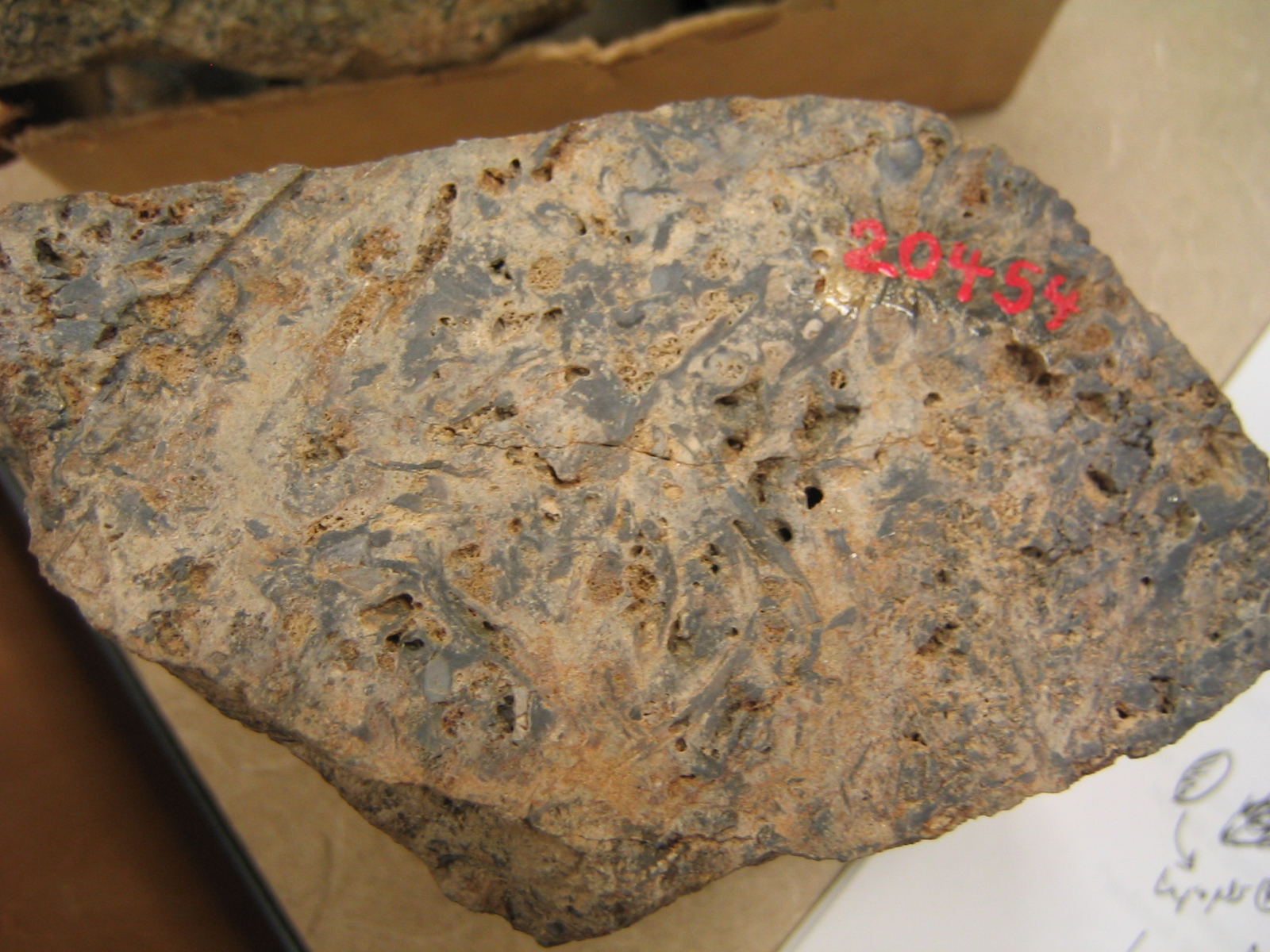|
Rajmahal Hills
The Rajmahal Hills are located in the Santhal Pargana division of Jharkhand, India. They were located on the northern margin of the Gondwana supercontinent, and its hills are today inhabited by the Sauria Paharia people whilst its valleys are dominated by the Santhal people. The hills span over an area of . Volcanic activity during the Jurassic resulted in the formation of the Rajmahal Traps. The hills are approximately located at . The Rajmahal hills are named after the town of Rajmahal which lies in the eastern Jharkhand. The hills trend north-south with an average elevation of , from the Sahibganj district to the Dumka district. The River Ganges wanders around the hills changing the direction of flow from east to south. Francis Buchanan-Hamilton travelled through the Rajmahal hills in the early 19th century. He described the hills that seemed impenetrable in a zone where few travellers had been. He wrote that everywhere people were hostile, apprehensive of officials and unw ... [...More Info...] [...Related Items...] OR: [Wikipedia] [Google] [Baidu] |
India
India, officially the Republic of India, is a country in South Asia. It is the List of countries and dependencies by area, seventh-largest country by area; the List of countries by population (United Nations), most populous country since 2023; and, since its independence in 1947, the world's most populous democracy. Bounded by the Indian Ocean on the south, the Arabian Sea on the southwest, and the Bay of Bengal on the southeast, it shares land borders with Pakistan to the west; China, Nepal, and Bhutan to the north; and Bangladesh and Myanmar to the east. In the Indian Ocean, India is near Sri Lanka and the Maldives; its Andaman and Nicobar Islands share a maritime border with Thailand, Myanmar, and Indonesia. Modern humans arrived on the Indian subcontinent from Africa no later than 55,000 years ago., "Y-Chromosome and Mt-DNA data support the colonization of South Asia by modern humans originating in Africa. ... Coalescence dates for most non-European populations averag ... [...More Info...] [...Related Items...] OR: [Wikipedia] [Google] [Baidu] |
River Ganges
The Ganges ( ; in India: Ganga, ; in Bangladesh: Padma, ). "The Ganges Basin, known in India as the Ganga and in Bangladesh as the Padma, is an international which goes through India, Bangladesh, Nepal and China." is a trans-boundary river of Asia which flows through India and Bangladesh. The river rises in the western Himalayas in the Indian state of Uttarakhand. It flows south and east through the Gangetic plain of North India, receiving the right-bank tributary, the Yamuna, which also rises in the western Indian Himalayas, and several left-bank tributaries from Nepal that account for the bulk of its flow. In West Bengal state, India, a feeder canal taking off from its right bank diverts 50% of its flow southwards, artificially connecting it to the Hooghly River. The Ganges continues into Bangladesh, its name changing to the Padma. It is then joined by the Jamuna, the lower stream of the Brahmaputra, and eventually the Meghna, forming the major estuary of the Ganges ... [...More Info...] [...Related Items...] OR: [Wikipedia] [Google] [Baidu] |
Lucknow
Lucknow () is the List of state and union territory capitals in India, capital and the largest city of the List of state and union territory capitals in India, Indian state of Uttar Pradesh and it is the administrative headquarters of the eponymous Lucknow district, district and Lucknow division, division. Having a population of 2.8 million as per 2011 census, it is the List of cities in India by population, eleventh most populous city and List of million-plus urban agglomerations in India, the twelfth-most populous urban agglomeration of India. Lucknow has always been a Multiculturalism, multicultural city that flourished as a North Indian cultural and artistic hub, and the seat of power of Nawabs in the 18th and 19th centuries. It continues to be an important centre of governance, administration, education, commerce, aerospace, finance, pharmaceuticals, information technology, design, culture, tourism, music, and poetry. Lucknow, along with Agra and Varanasi, is in the Uttar P ... [...More Info...] [...Related Items...] OR: [Wikipedia] [Google] [Baidu] |
Palaeobotanist
Paleobotany or palaeobotany, also known as paleophytology, is the branch of botany dealing with the recovery and identification of plant fossils from geological contexts, and their use for the biological reconstruction of past environments (paleogeography), and the evolutionary history of plants, with a bearing upon the evolution of life in general. It is a component of paleontology and paleobiology. The prefix ''palaeo-'' or ''paleo-'' means "ancient, old", and is derived from the Greek adjective , . Paleobotany includes the study of land plants, as well as the study of prehistoric marine photoautotrophs such as photosynthetic algae, seaweeds or kelp. A closely related field is palynology, which is the study of fossilized and extant spores and pollen. Paleobotany is important in the reconstruction of ancient ecological and climate systems, known as paleoecology and paleoclimatology respectively. It is fundamental to the study of green plant development and evolution. Paleobota ... [...More Info...] [...Related Items...] OR: [Wikipedia] [Google] [Baidu] |
Geologist
A geologist is a scientist who studies the structure, composition, and History of Earth, history of Earth. Geologists incorporate techniques from physics, chemistry, biology, mathematics, and geography to perform research in the Field research, field and the laboratory. Geologists work in the Energy industry, energy and mining sectors to exploit Natural resource, natural resources. They monitor environmental hazards such as earthquakes, volcanoes, tsunamis and landslides. Geologists are also important contributors to climate change discussions. History James Hutton is often viewed as the first modern geologist. In 1785 he presented a paper entitled ''Theory of the Earth'' to the Royal Society of Edinburgh. In his paper, he explained his theory that the Earth must be much older than had previously been supposed to allow enough time for mountains to be eroded and for sediments to form new rocks at the bottom of the sea, which in turn were raised up to become dry land. Hutton pub ... [...More Info...] [...Related Items...] OR: [Wikipedia] [Google] [Baidu] |
Indian National Trust For Art And Cultural Heritage
The Indian National Trust for Art and Cultural Heritage (INTACH) is a non-profit charitable organisation registered under the Societies Registration Act, 1860. In 2007, the United Nations awarded INTACH a special consultative status with the United Nations Economic and Social Council.INTACH gets special status for its efforts '''', 30 October 2007. History The Indian National Trust for Art and Cultural Heritage (INTACH) was founded in 1984, in , with the vision to create a membershi ...[...More Info...] [...Related Items...] OR: [Wikipedia] [Google] [Baidu] |
Press Information Bureau
The Press Information Bureau, commonly abbreviated as PIB, is a nodal agency of the Government of India under Ministry of Information and Broadcasting. Based in National Media Centre, New Delhi, Press Information Bureau disseminates information to print, electronic and web media on government plans, policies, programme initiatives and achievements. It is available in 14 Indian official languages, which are Dogri, Punjabi, Bengali, Odia, Gujarati, Marathi, Meitei ( Manipuri), Tamil, Kannada, Telugu, Malayalam, Konkani and Urdu, in addition to Hindi and English, out of the 22 official languages of the Republic of India. The head of PIB is also the Official Spokesperson of the Government of India and holds the rank of Principal Director General (Special Secretary equivalent). The post is currently headed by Rajesh Malhotra. History The Press Information Bureau was established in June 1919 as a small cell under Home Ministry under the British government. Its main task w ... [...More Info...] [...Related Items...] OR: [Wikipedia] [Google] [Baidu] |
Geotourism
Geotourism is tourism associated with geological attractions and destinations. Geotourism (tourism with a geological base) deals with the abiotic natural and built environments.Sadry, B.N.(2009)''Fundamentals of Geotourism: with special emphasis on Iran'', SAMT Organization publishers,Tehran.220p.(English Summary available Online at: https://journals.openedition.org/physio-geo/4873?lang=en Geotourism was first defined in England by Thomas Alfred Hose in 1995.Hose, T. A. (2012), "3G's for Modern Geotourism", '' Geoheritage Journal'', 4: 7-24 Definitions of modern geotourism Most of the world defines geotourism as purely the study of geological and geomorphological features. The key definitions of modern geotourism (abiotic nature-based tourism) include: # "...part of the tourist's activity in which they have the geological patrimony as their main attraction. Their objective is to search for protected patrimony through the conservation of their resources and of the tourist's En ... [...More Info...] [...Related Items...] OR: [Wikipedia] [Google] [Baidu] |
Geological Survey Of India
The Geological Survey of India (GSI) is a scientific agency of India. It was founded in 1851, as a Government of India organization under the Ministry of Mines, one of the oldest of such organisations in the world and the second oldest survey in India after the Survey of India (founded in 1767), for conducting geological surveys and studies of India, and also as the prime provider of basic earth science information to government, industry and general public, as well as the official participant in steel, coal, metals, cement, power industries and international geoscientific forums. History Formed in 1851 by the East India Company, the organization's roots can be traced to 1836 when the "Coal Committee", followed by more such committees, was formed to study and explore the availability of coal in the eastern parts of India. David Hiram Williams, one of the first surveyors for the British Geological Survey, was appointed 'Surveyor of coal districts and superintendent of coal ... [...More Info...] [...Related Items...] OR: [Wikipedia] [Google] [Baidu] |
List Of National Geological Monuments In India
National Geological Monuments are geographical areas of national importance and Geoheritage, heritage, as notified by the Government of India's Geological Survey of India (GSI), for their maintenance, protection, promotion and enhancement of geotourism.national geo-heritage of India Indian National Trust for Art and Cultural Heritage, INTACH List of National Geological Monuments There are 34 notified National Geological Heritage Monument Sites of India. GSI or the respective State governments are responsible for taking necessary measures to protect these sites.Geo-tourism sites in Northeast India There are 12 geo-tourism sites in Northeast India notified by the Geological Survey of India (GSI) for ...[...More Info...] [...Related Items...] OR: [Wikipedia] [Google] [Baidu] |
Plant Fossil
Paleobotany or palaeobotany, also known as paleophytology, is the branch of botany dealing with the recovery and identification of plant fossils from geological contexts, and their use for the biological reconstruction of past environments (paleogeography), and the evolutionary history of plants, with a bearing upon the evolution of life in general. It is a component of paleontology and paleobiology. The prefix ''palaeo-'' or ''paleo-'' means "ancient, old", and is derived from the Greek adjective , . Paleobotany includes the study of land plants, as well as the study of prehistoric marine photoautotrophs such as photosynthetic algae, seaweeds or kelp. A closely related field is palynology, which is the study of fossilized and extant spores and pollen. Paleobotany is important in the reconstruction of ancient ecological and climate systems, known as paleoecology and paleoclimatology respectively. It is fundamental to the study of green plant development and evolution. Paleobota ... [...More Info...] [...Related Items...] OR: [Wikipedia] [Google] [Baidu] |
Francis Buchanan-Hamilton
Francis Buchanan (15 February 1762 – 15 June 1829), later known as Francis Hamilton but often referred to as Francis Buchanan-Hamilton, was a Scottish surgeon, surveyor and botanist who made significant contributions as a geographer and zoologist while living in India. He did not assume the name of Hamilton until three years after his retirement from India. The standard botanical author abbreviation Buch.-Ham. is applied to plants and animals he described, though today the form "Hamilton, 1822" is more usually seen in ichthyology and is preferred by Fishbase. Early life Francis Buchanan was born at Bardowie, Callander, Perthshire where Elizabeth, his mother, lived on the estate of Branziet; his father Thomas, a physician, came in Stirling, Spittal and claimed the chiefdom of the name of Clan Buchanan, Buchanan and owned the Leny estate. Francis Buchanan matriculated in 1774 and received an MA in 1779. As he had three older brothers, he had to earn a living from a profession, ... [...More Info...] [...Related Items...] OR: [Wikipedia] [Google] [Baidu] |






